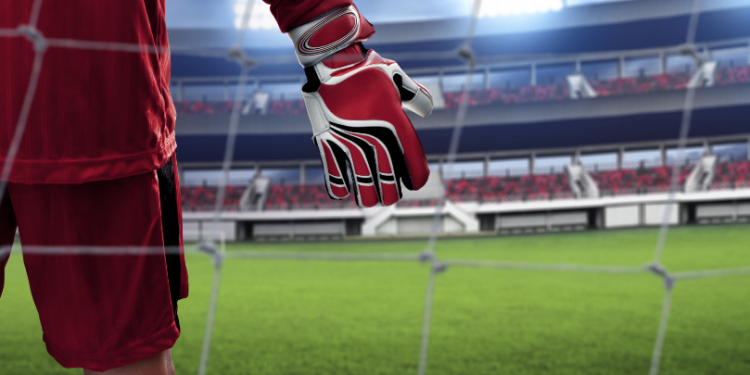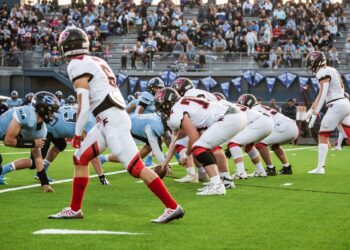Talent will only take you so far on the football pitch. You also need the right equipment, like pads, boots, or gloves if you play between the sticks. Good quality goalie gloves are absolutely crucial for keeper performance.
But to get the best benefits from your gloves, you have to pick the right pair. To do that, it’s important to understand the complicated “anatomy” of goalie gloves. Let’s take a look at their key components, exploring the purpose and function of each one.
Palm
First, the palm. This is the part of the glove that is most often in contact with the ball. It’s what you’ll be using to grip the ball when you catch and hold it, or parry it away as you dive to make your saves. It’s crucial for palms to have good levels of grip. That helps you keep hold of the ball, with the lowest risk of slips, fumbles, and drops.
When picking your gloves, consider the type of latex used to make up the palm – some will offer better grip or stronger performance in wet weather.
Backhand
The backhand is what it sounds like – it’s located to the rear of the glove, covering the back of your hand. Its main purpose on the pitch is to help with punches. A good backhand should absorb the impact of the ball as you connect with it. Then, it delivers the full force of your punch to send the ball as far as possible (all while protecting your hand against injury).
If you’re the kind of keeper who likes to punch, don’t neglect the backhand. Find gloves with strong, padded backhands to help you get the best distance on your clearances.
Fingers
The fingers of your gloves serve two key purposes. Protection and control. When you make saves or parry the ball away, your fingers are at risk of injury. Like fractures or hyperextensions. The best gloves are designed to reduce those risks, absorbing the impact of the ball to keep your fingers safe.

They also need to have good levels of grip, letting you hold onto the ball before you launch it out with a roll or throw. If the grip levels aren’t quite right, the ball may slip through your fingers, which is something to keep in mind when buying your goalie gloves.
Closure
The closure system of goalkeeper gloves refers to how they seal shut after you’ve put them on. Some have adjustable wrist straps you can tighten and loosen them up on the fly. Others come with Velcro fasteners to seal them shut in an instant. There are also alternative closures like hook and loop systems.
Goalies – particularly younger ones – should experiment with a mixture of closures to find their favourites. You might enjoy the comfort of a stretchy elastic wristband, for example, or the security of Velcro.
Cuff
The cuff. That’s the part of your goalkeeper gloves that extends beyond the hand and across the wrist. It varies in length from pair to pair – some are really short, while others extend several inches down the forearm.
There are pros and cons to each option. The extra length provides protection and wrist support. Shorter cuffs, meanwhile, offer freedom of movement. Again, it’s worth trying a couple of options to see what you feel comfiest with.
Cut
Cut is one of those complex terms that confuses a lot of people the first time they look for goalkeeper gloves. It refers to the way in which the palm and backhand are stitched together around the fingers. Examples of cuts include flat palm and negative roll.

Cut has a big influence on comfort and control. Every goalie tends to find a cut type that suits them just right. But it may take a bit of experimentation with multiple cuts to discover your favourite.
Find Your Perfect Fit
As you can see, goalie gloves are surprisingly complicated. Indeed, many young goalies and first-time glove shoppers are astonished by the complexity of these products. But the more you learn about how they work – and the various pieces that make them up – the easier it’ll be to find your perfect pair.







